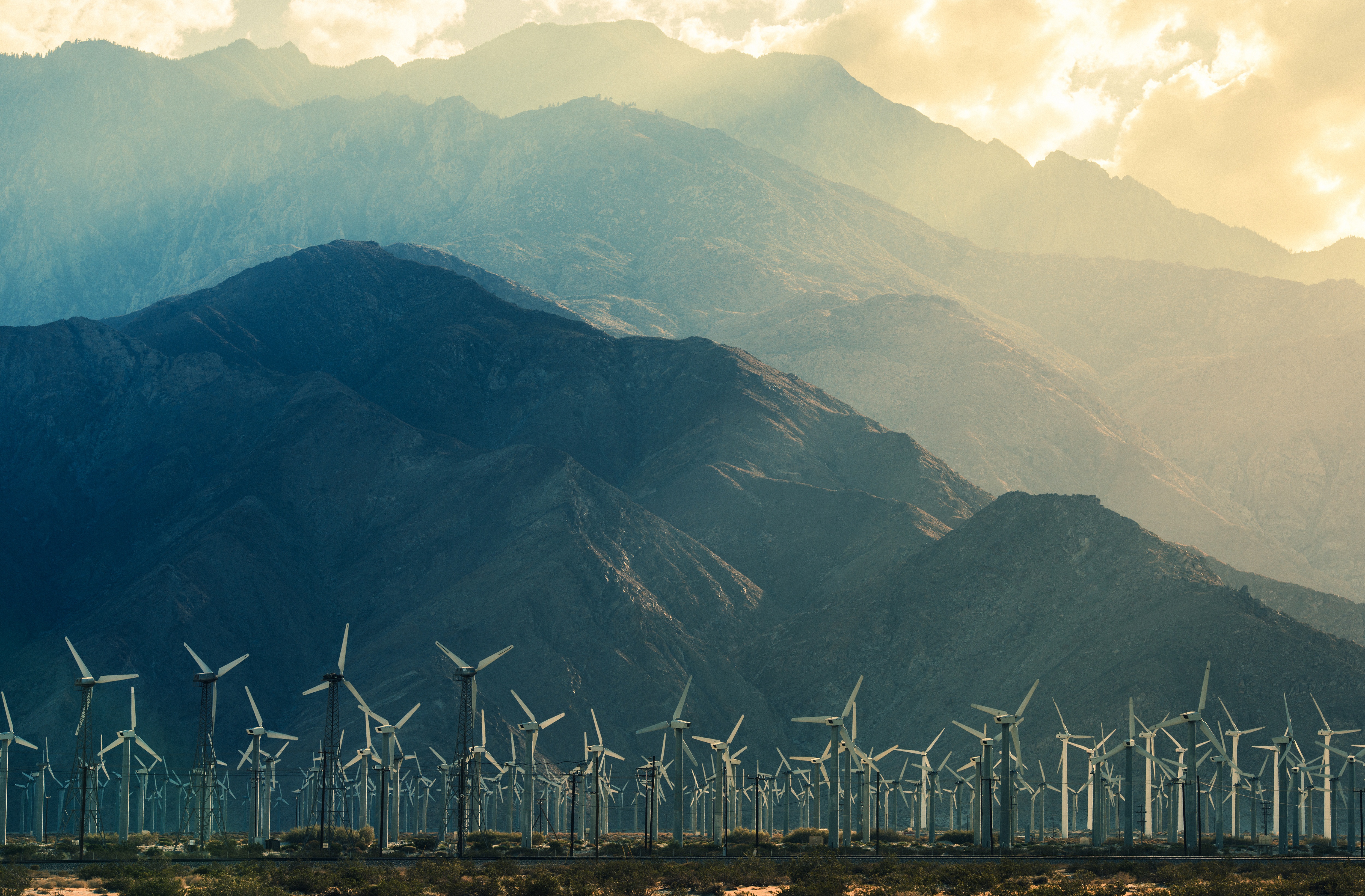
Renewable energy sources are unreliable because the output is variable and unpredictable. They also require massive subsidies to underwrite installation and production. Here are a few articles I’ve noted that describe the economic and environmental damage from unreliables.
Subsidies
3/26/16 – Wall Street Journal – Solar-Panel Installers Face Clouded Future / Solar-power incentives for homeowners shrinking as local utilities pressure state regulators – Let’s go through the economics again.
Residential solar power only works because of massive subsidies. Federal taxpayers must provide subsidies through federal tax credits, state taxpayers must provide subsidies through state incentives, and electricity users must provide subsidies through net-metering. If any subsidy goes away, the economics of residential solar collapse.
Article makes the point one more time: unreliable renewables only with heavy subsidies. When Nevada announced plans to cut back the massive cross-subsidy from other consumers, solar installers closed up shop in the state.
Here’s why. Look at the payment given to solar-customers for electricity their site produces but doesn’t use:
- 11c / kWh – last year
- 9c / kWh – today
- 3c / kWh – by 2028
That is a measure of the cross-subsidy paid for putting in solar on the roof of your house.
Look at the fee charged to solar-powered homes to cover the costs of the distribution system:
- $13 / month last year
- $18 / month now
- $39 / month by 2028
Federal credits still cover 30% of the installation costs.
The installers are showing by their action of closing up shop that without those heavy subsidies from other consumers, they will lose money.
More slice-and-dicers
4/5/16 – Chris Clarke at Redefine – Feds OK Huge, Controversial Solar Project Near Mojave Preserve – The photovoltaic project in the Mojave has received the next to last necessary approval from BLM. Soon as BLM grants right-of-way, Betchel can start construction.
The project has a theoretical capacity of 350 mW output at the sunniest part of a sunny day. It will require tearing up 2,813 acres of desert off the I-15 south of Baker.
Several things are odd, according to the article. The project does not have any buyers for the unpredictible, unreliable output. Usually that would make funding rather difficult. In addition, it does not have a transmission line. The closest line belongs to LADWP, which said they won’t buy the electricity because the project would cause so much environmental damage. Unstated is that the electricity will be quite expensive.
Finally, the project has strong opposition from environmental groups, not only because it will tear up so much land (4.4 square miles of untouched desert), but it will also block a migration route of the desert bighorn sheep.
Mr. Clarke speculates the project has received so much favorable treatment from the feds because the current administration has a major policy goal of getting a record amount of solar energy permitted. Not in operation, not in construction, just permitted. The self-defined measure of success is what has been permitted. That is his interpretation, not mine.
Economic damage from Germany’s muddled energy policy
9/15/15 – Jamie at The American Interest – Germany Unprepared for Costs of Cutting Nuclear – The knee-jerk decision to shut down all nuclear plants in Germany is causing increased distress. Even with the energy companies setting aside $44B for decommissioning, they are still short $34B. That’s $78B that consumers will have to pay and get nothing in return.
Oh, remember that Germany is building coal plants to replace electricity they’re eliminating by closing nuclear plants.
Burning dirty coal instead of zero emission nuclear. Now there is a smart plan for leaders who pretend they are concerned about the environment.
Could someone who is far smarter than me please explain why burning coal instead of using already-operating nuclear plants is considered ecologically friendly?
11/25/15 – Jamie at The American Interest – Renewables Are Undermining Germany’s Grid – Germany has built out so much wind and solar power that the grid is destabilizing.
When the wind velocity is too low or too high or there is cloud cover (In northern Europe? Cloudy? Say it isn’t so!) The utilities have to scramble on very short notice to get power. Traders are having to buy electricity in 15 minute contracts to cover the extreme and unpredictable volatility.
Article points out there are serious problems from two opposite directions.
First, cloudy or windless or too windy days create risk of blackouts. Buying electricity at those moments will be extremely expensive.
Second, ideal wind conditions and brightest part of the day create so much electricity that it overloads the grid. This causes two problems. There is so much electricity that the grid struggles just to handle the surge in volume. In addition, the momentary overabundance of electricity collapses the market price. That means electricity needs to be dumped (thrown away) or sold at an extremely low price (given away). The irony is when solar & wind are at their production peak the price drops.
An electricity grid needs stability. Excessive renewables create instability in pricing and operational stability as a foreseeable, expected, unintended consequence.